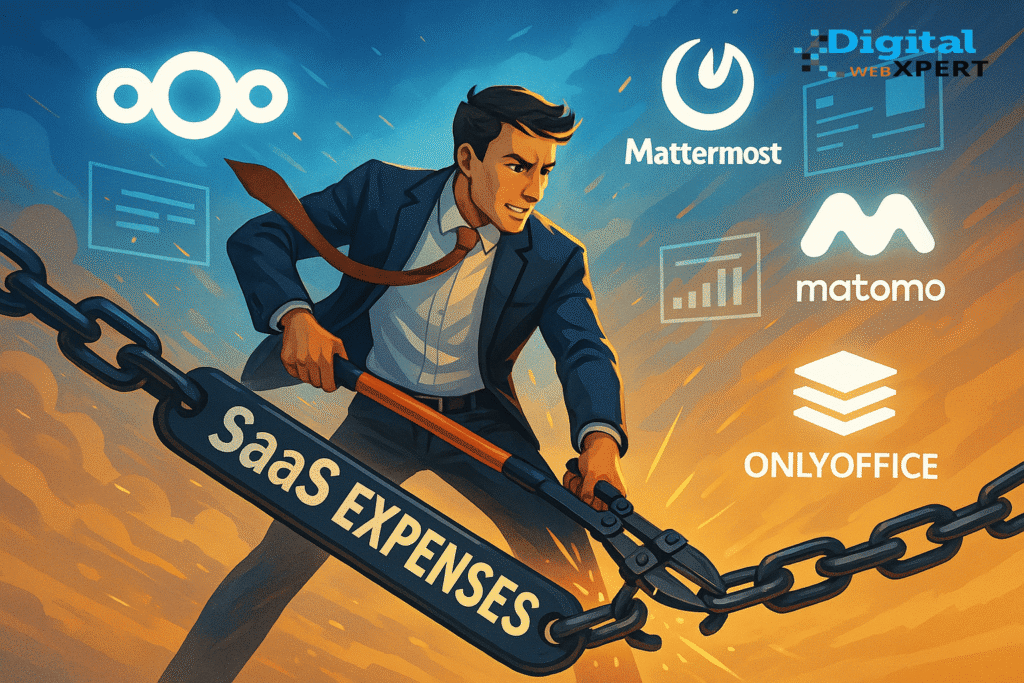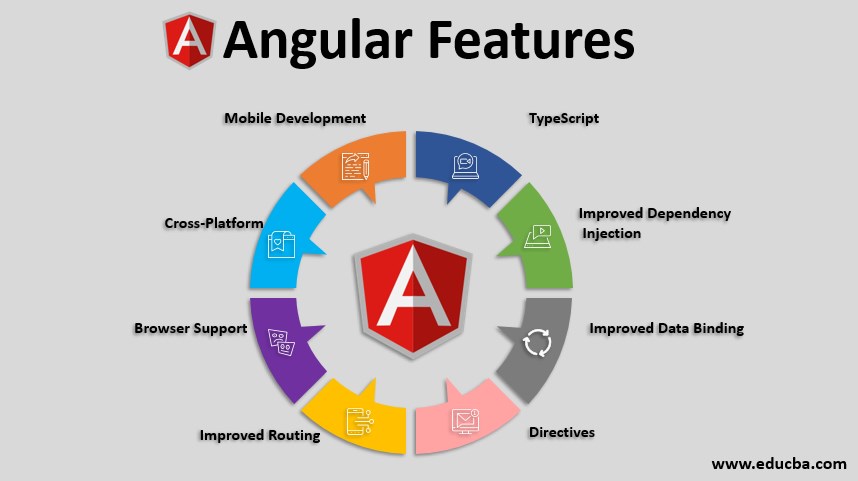Are you tired of shelling out monthly payments for every tool your business needs? The SaaS industry has made life easier—at a price. But what if you could access the same productivity, collaboration, and growth-driving power without those recurring fees? In 2025, open-source software is more powerful than ever, ready to replace expensive SaaS subscriptions and help you take back control of your budget.
Why Paying for Every Software Tool is Outdated
Subscription fatigue is real. Businesses and creators often pay for dozens of SaaS tools: project management, CRM, file sharing, analytics, and more. Over time, these costs add up, eating into profits and limiting flexibility. Open-source solutions provide a powerful alternative: no recurring fees, full control over your data, and the freedom to customize.
Top Open-Source Alternatives to Popular SaaS Tools
1. Project Management: OpenProject & Taiga
- Replace: Asana, Trello, Monday.com
- Features: Agile boards, Gantt charts, time tracking, team collaboration.
- Self-host or use affordable cloud options.
2. Document Collaboration: OnlyOffice & CryptPad
- Replace: Google Docs, Notion, Microsoft 365
- Features: Real-time collaborative editing, spreadsheets, presentations, encrypted storage.
3. File Storage & Sharing: Nextcloud
- Replace: Dropbox, Google Drive
- Features: File sync, sharing, calendar, secure chat, and more—hosted on your own server.
4. Team Chat & Communication: Mattermost & Rocket.Chat
- Replace: Slack, Microsoft Teams
- Features: Channels, private messaging, integrations, video calls.
5. CRM & Sales: EspoCRM & SuiteCRM
- Replace: Salesforce, HubSpot CRM
- Features: Lead management, sales automation, reporting, and email integration.
6. Email Marketing: Mautic
- Replace: Mailchimp, Sendinblue
- Features: Campaign management, automation, segmentation, analytics.
7. Analytics: Matomo & Plausible
- Replace: Google Analytics
- Features: Privacy-first web analytics, customizable reports, GDPR compliance.
8. Password Management: Bitwarden (Self-Hosted)
- Replace: LastPass, 1Password
- Features: Secure password vault, sharing, browser extensions, and mobile apps.
Benefits of Open-Source Tools
- Cost Savings: No recurring fees, reduced total cost of ownership.
- Data Privacy: You control where your data lives—no more vendor lock-in.
- Customization: Modify tools to fit your unique workflows.
- Community Support: Active developer and user communities for help and innovation.
- Scalability: Easily upgrade as your team or business grows.
How to Get Started
- Audit Your SaaS Stack: List all current subscriptions and assess which open-source alternatives fit your needs.
- Test & Pilot: Try open-source tools in a sandbox environment before full migration.
- Plan Migration: Back up data, map out integrations, and set a realistic timeline.
- Leverage the Community: Join forums, read docs, and get support from open-source contributors.
- Consider Managed Hosting: If you lack IT resources, many providers offer affordable managed open-source hosting.
Conclusion
Paying for software you could run yourself is quickly becoming outdated. Open-source tools in 2025 are robust, secure, and feature-rich—ready to replace SaaS subscriptions and slash your software expenses. With a little effort, you can build a powerful, private, and affordable digital workspace tailored to your needs.
By Digital WebXpert, your trusted partner in web design and development.



